This event is now over
Autopia: Seeing Los Angeles in the 1970s
Attendees joined founding members of the experimental Californian media collective ‘Environmental Communications’ in a talk and screening exploring urban perspective of 1970s L.A.
What to expect
In the 1970s Los Angeles starts to be appreciated for its unique urban qualities.
For the British architecture critic Reyner Banham, Los Angeles was the prototype of post-modernity. In 1971 he redefined our vision of the city in his seminal text ‘Los Angeles: The Architecture of Four Ecologies’ by highlighting its largely overlooked architectural and urban qualities - including the freeway described by Banham as ‘one of the greater works of man'.
Environmental Communications shared this admiration for Los Angeles’ built environment. The collective was founded in L.A. in 1969 by a group of photographers, architects, designers and psychologists. Their work celebrated the vernacular architecture of Los Angeles through playful images of unique man-made structures – the freeway, customised cars, billboards and service stations – and the integrated environment around them.
This talk brought together the founding members of Environmental Communications to explore perspectives of Los Angeles in the 1970s.
Event concluded with a screening of ‘Reyner Banham Loves Los Angeles’ (1972).
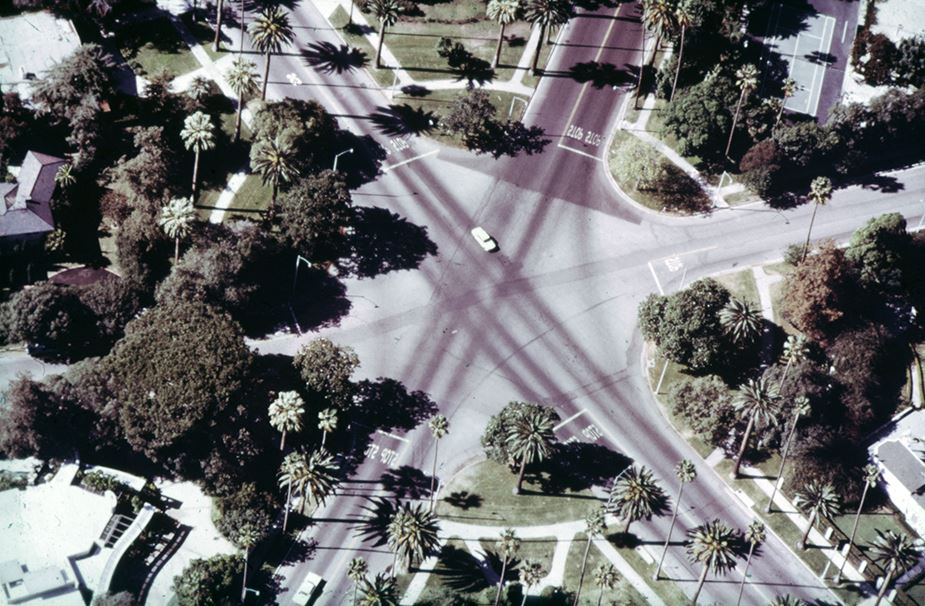
Credit: Beverly Hills intersection 1972, courtesy of Environmental Communications

Credit: Photo by Roger Webster 1971, courtesy of Environmental Communications
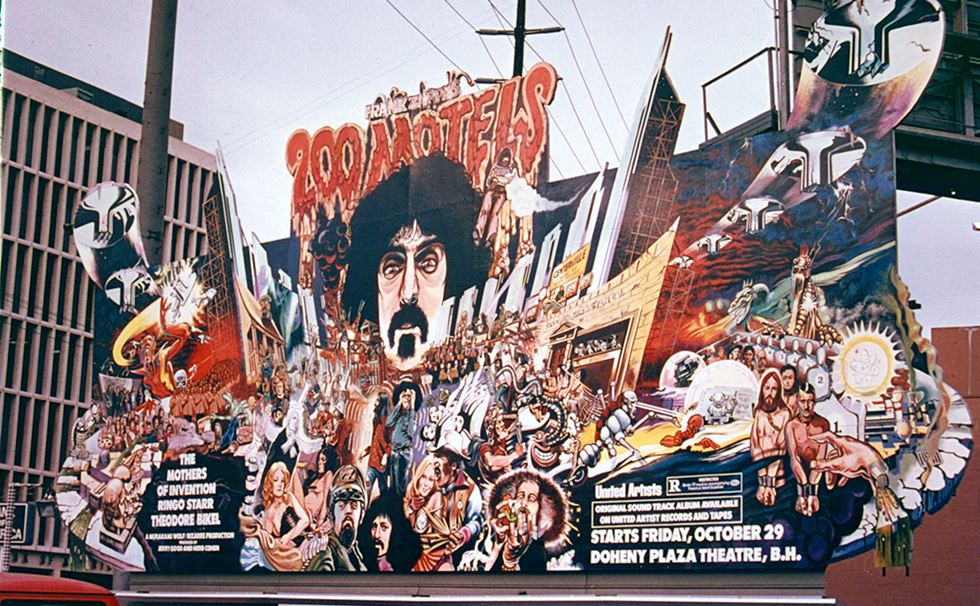
Credit: Zappa billboard, courtesy of Environmental Communications
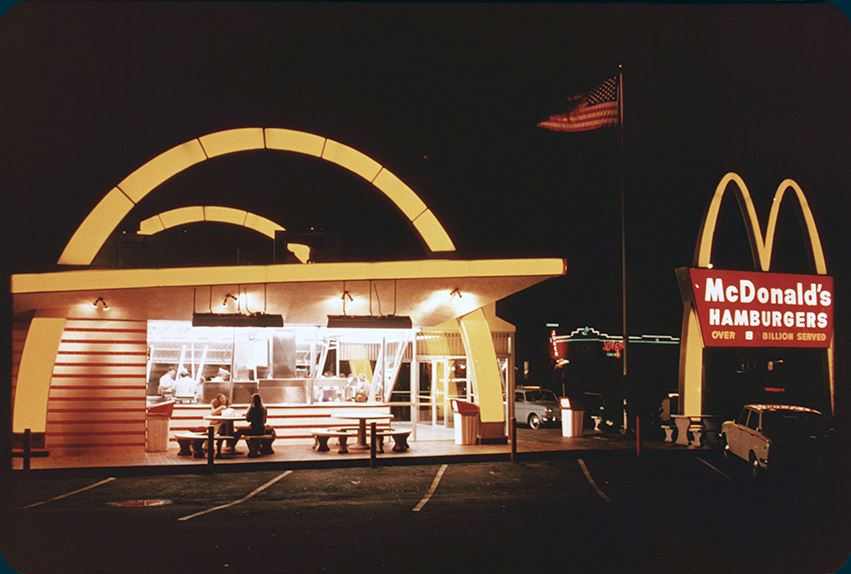
Credit: Original McDonald’s 1971, courtesy of Environmental Communications

Credit: Big Mama 1974, courtesy of Environmental Communications

Credit: The Good Year Blimp 1971, courtesy of Environmental Communications

Credit: Pop architectural structure of dinosaur 1973, courtesy of Environmental Communications
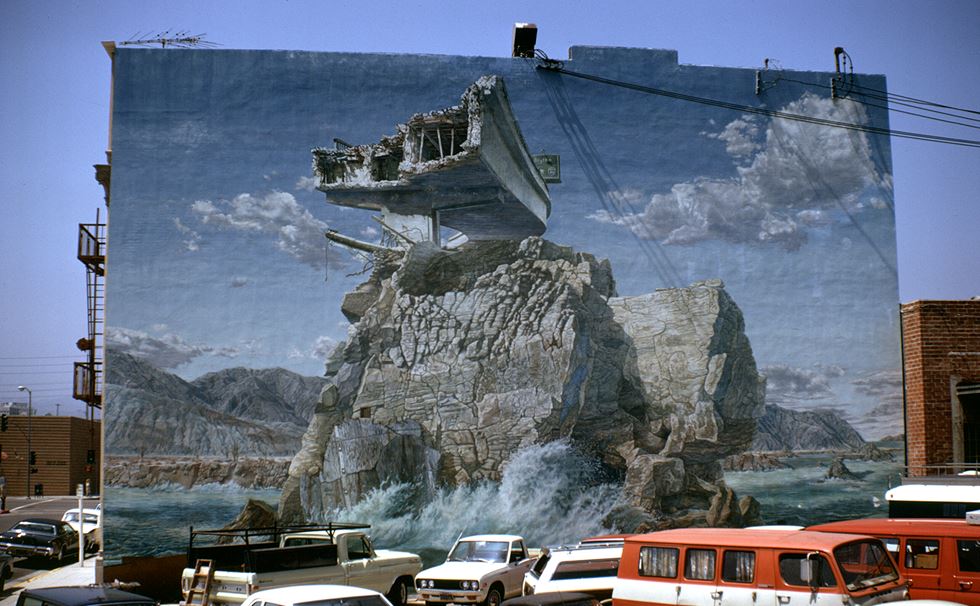
Credit: The Isle of California 1972, courtesy of Environmental Communications
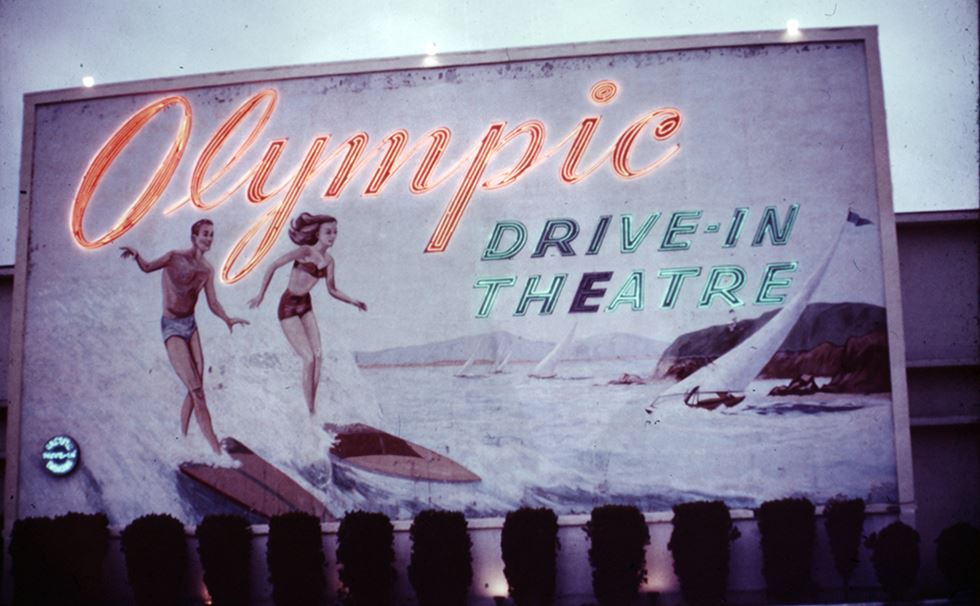
Credit: Drive-in theatre. courtesy of Environmental Communications
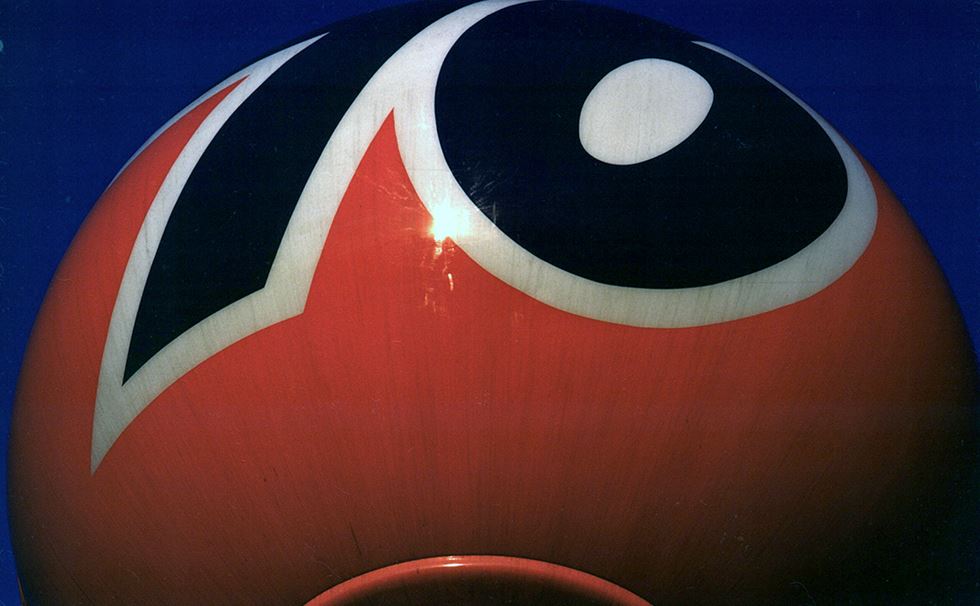
Credit: 76 sign, courtesy of Environmental Communications

Credit: Drucilla custom corvet, courtesy of Environmental Communications
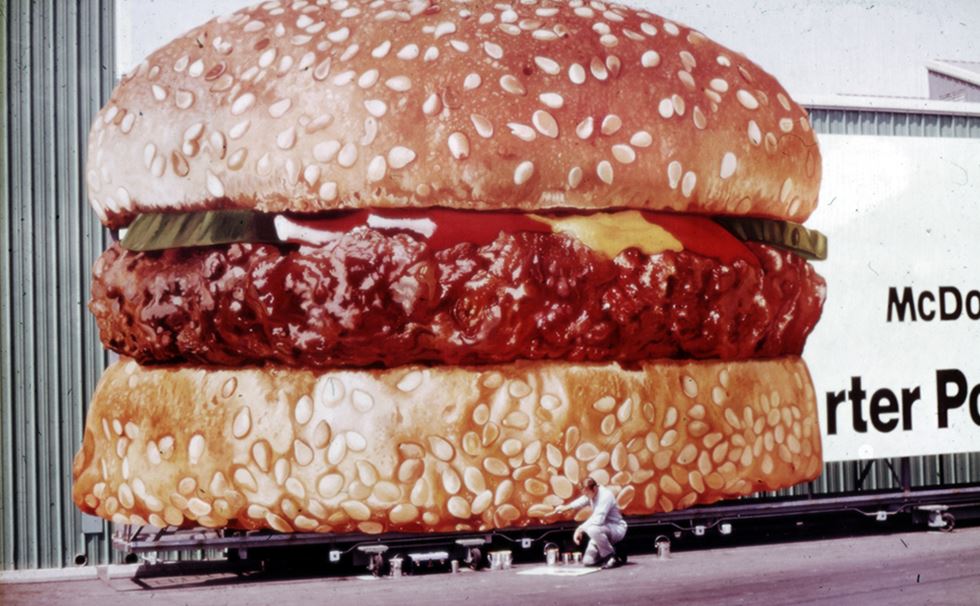
Credit: Mac Juice billboard 1973, courtesy of Environmental Communications
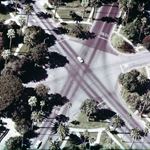
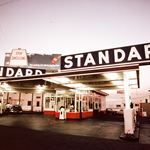
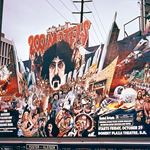
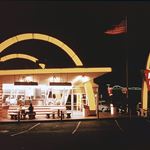
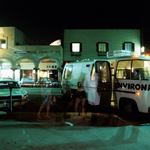
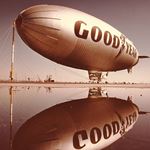


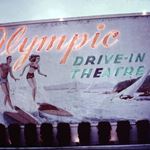
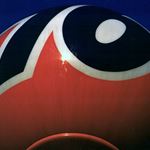


Booking information
Adult £10, student/ concession £7.50, Members £9
For a five day priority booking period Members have access to a limited number of tickets that are available at a 10% discount before tickets go on general release.
Speakers
David Greenberg
David Greenberg is Co-Founder of Environmental Communications. He has worked collaboratively on cultural projects with Paolo Soleri, Reyner Banham and Buckminster Fuller. His books include; ‘Treehouses in Paradise, Fantasy Designs for the 21st Century’ (2006) and ‘Visionary Bamboo Designs for Ecological Living’ (2007). Currently he is working on sustainable redevelopment projects in Hawaii and China.
Gary Greenberg
Gary Greenberg is a founding member of Environmental Communications. In 1976, he moved to London for a PhD in developmental Biology at UCL. As a scientist, author, photographer and inventor of 3D microscopes, his work combines tools of art and science to explore the designs of Nature. His upcoming book, ‘Florotica’ explores the sensual architecture of the microscopic world of flowers.
Murray Fraser
Murray Fraser is Professor of Architecture and Global Culture, as well as Vice-Dean of Research, at the Bartlett School of Architecture, University College London (UCL). He has published extensively on design research, architectural history & theory, urbanism and cultural studies including Architecture and the 'Special Relationship' (Routledge, 2008) and Design Research in Architecture (Ashgate, 2013). Previously he co-created the online Archigram Archival Project.
Chair
Other talks
Background image | Courtesy of David Greenberg, Double Standard, Environmental Communications.